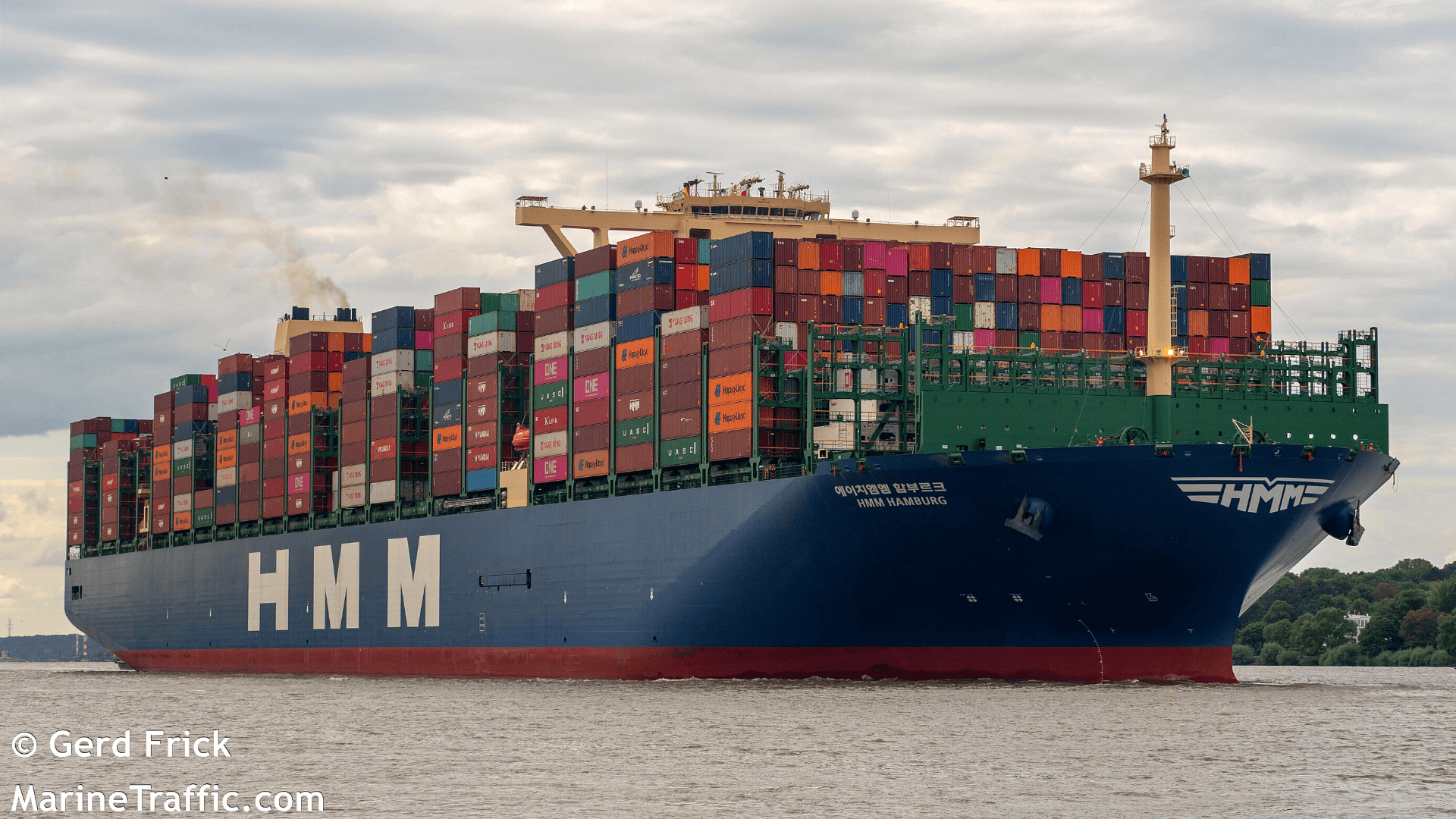Photo: Gerd Frick, MarineTraffic.com
Container ships are the lifeblood of the global economy.
Every day vessels laden with consumer goods from the Far East set sail to Europe, the US and Australia. The insatiable appetite for a huge array of products from across the globe seemed unlikely to wane. But then the unthinkable happened and COVID-19 hit.
Demand and supply was battered as whole swathes of the globe went into a painful self-imposed lockdown. Leading French container line CMA CGM for example recently reported that due to the pandemic, volumes carried during the second quarter of 2020 were down 13.3 per cent compared with the second quarter of 2019.
There were some problems bubbling beneath the surface even before the current pandemic, though. Overcapacity for container ships is not a new issue. Demand outstripped supply in just three of the past 10 years. Unsurprisingly, this was thrust to the fore once again as coronavirus clobbered consumers’ capacity – and inclination – to spend.
The relentless pursuit of economies of scale is another interesting factor. Container giant MSC now has 11 ships with a capacity of 23,700 TEU.
One of the world’s largest container ships, the 23,964 TEU HMM Hamburg, made its maiden call at the Port of Hamburg last month.
You can follow the South Korean ship around the world using MarineTraffic.
Meanwhile, A.P. Moller-Maersk – the world’s largest container line – are keeping positive after coronavirus chaos derailed businesses around the globe. Soren Skou, Maersk’s chief executive, told Bloomberg last month that his organisation is gambling on a “U-shaped recovery”.
“Going into the crisis, not knowing what would happen, we accelerated all of the cost-saving initiatives we had in the drawer, so it was across the board,” he said.
It’s unclear, however, if that positive outlook factors in a potential second wave of lockdowns and uncertainties around bunker prices.
As consumers slowly start to spend again, the container market will once again prove an interesting barometer for the global economy. Suffice to say, the global shipping containers market in itself is big business. According to a recent report, it’s currently valued at around $8.7 billion. By 2027 that’s expected to balloon and reach $12.08 billion. China remains the dominant force in this hugely lucrative market. However, neighbouring countries are actively flexing their muscles in a bid to grab market share.
Regardless of future growth projections, in the here and now there’s clear green shoots.
Container carriers have also looked to box clever in the face of huge challenges.
They are proactively adjusting capacity through blanked sailings and some vessel lay-ups to sustain their rate structures as declining trade volumes become a reality.
“Import volumes for ocean freight to the US from China consistently climbed since the end of May,” Judah Levine, Research Lead at Freightos, told the Baltic Exchange.
“July was the first month of the pandemic with a year over year increase in US imports from Asia, and indications are that August volumes were even stronger.
“As a result, containerized ocean rates from China to the US West Coast climbed 25% this month – up 102% since the end of May, and 160% higher than last year – to an FBX record high of $3336, and China-US East Coast rates are nearing the $4000/FEU threshold.
“And while the June China-US ocean rate spike was exacerbated by capacity restrictions as ocean carriers were expecting a lull in volumes, July and August increases are solidly demand driven: carriers not only restored nearly all cancelled sailings on the route, but have even been launching additional capacity to meet the surging demand.”
Longer term, diversified supply chains look set to further impact container market conditions. You can read more about the future of supply-chain networks in our recent analysis on why coronavirus could prompt a massive manufacturing rethink.

